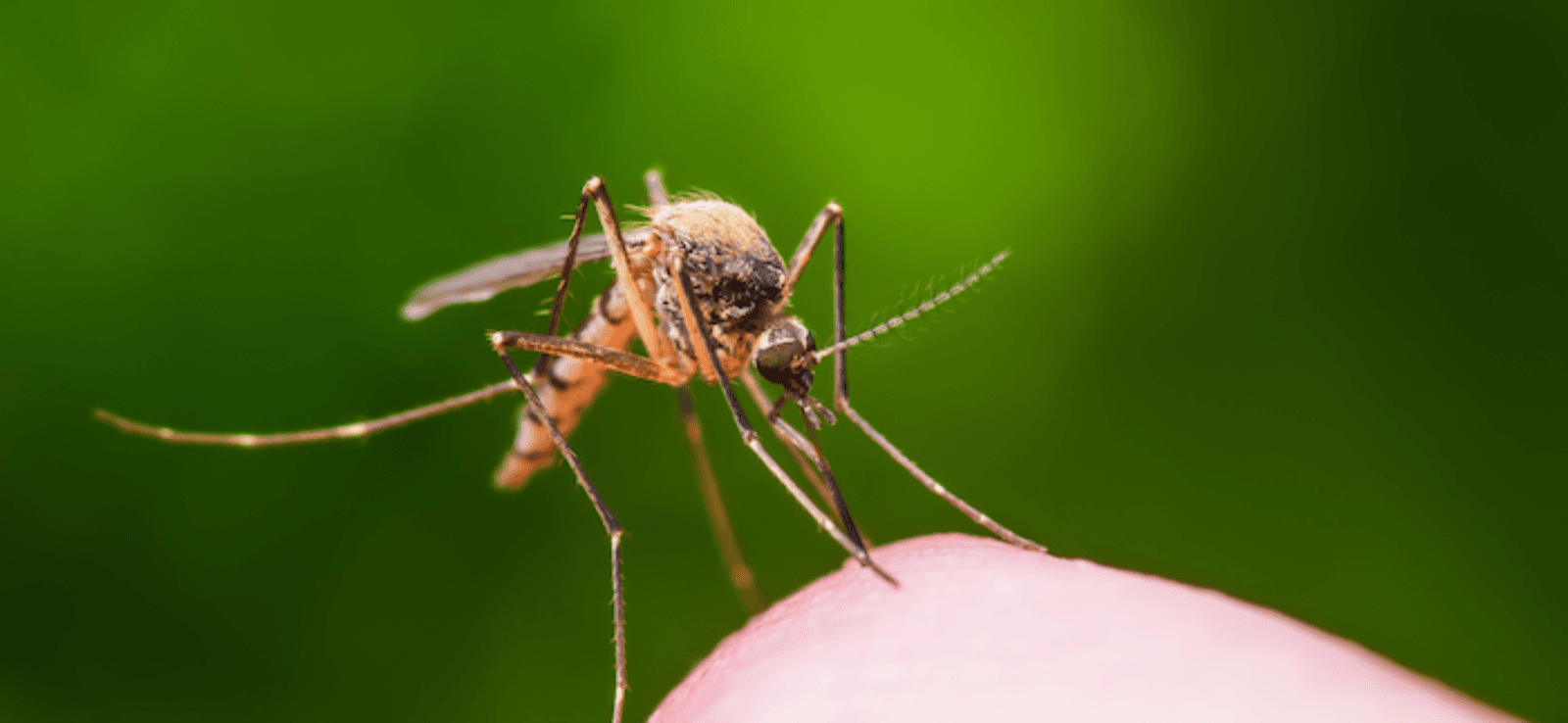Neuroscience Goes to the Games
by Lindsay Borthwick
From tech innovations to mosquitoes to digital medicine

The Author
The Researchers
This month’s focus is on technology, from tech innovations to study mosquitoes to digital medicine. Regarding the latter, recently the FDA had approved the first game-based digital medicine for attention deficit hyperactivity disorders. The decision is the culmination of years of research by Adam Gazzaley and his Neuroscape team at the University of California, San Francisco, and an example of technologies moving out of the lab and into the clinic to treat cognitive disorders. We also get a chance to hear a podcast with Kay Tye, a neuroscientist who recently moved her lab to the Salk Institute for Biological Studies and became a member of the Kavli Institute for Brain and Mind. Tye has pioneered the use of new experimental techniques in the study of motivated behaviors like social interaction.
Managing the mosquito menace
In a feature article about Leslie Vosshall, PhD, director of the Kavli Neural Systems Institute at Rockefeller University, the neuroscientist explains why she’s on a mission to “defang” mosquitoes, one of the deadliest creatures on Earth. Her research is focused on understanding the genes and neural circuits that drive the female Aedes aegypti mosquito—a carrier of yellow fever, Zika virus and other pathogens—to make a meal out of us, with the aim of disrupting that behavior via the web of sensory cues it relies on. To realize that goal, Vosshall and her research team have had to pioneer methods for studying Aedes aegypti as they journeyed into the scientific unknown of working with the species in the lab. They have overcome challenges unique to the insect and Vosshall remains optimistic that the mosquito menace can be overcome.
Unraveling the rhythms of learning
Vikaas Sohal, MD, PhD, is on a mission to understand the significance of brain waves, rhythmic neural activity patterns that are the source of much debate among neuroscientists. It’s a task he likens to being an alien outside a football stadium, listening to a cheering crowd and trying to understand what’s going on inside. Some researchers have argued brain waves are simply the byproduct of brain activity, whereas others, Sohal included, think they have an important role in the healthy brain—and may contribute to brain disorders when those rhythms go awry. In a new study in mice, Sohal and his collaborators linked gamma waves—oscillations between 30 and 120 cycles per second—to learning, and in particular the brain’s ability to swap old rules for new ones when an animal encounters change. They found that gamma synchrony was important to the mice’s ability to discard old rules—an ability that’s often disrupted in cognitive disorders such as schizophrenia. Sohal is a member of the Kavli Institute for Fundamental Neuroscience (Kavli IFN) at the University of California, San Francisco.
A new digital medicine for ADHD
The U.S. Food and Drug Administration has approved the first video game prescription treatment for children with attention deficit hyperactivity disorder (ADHD), which is usually treated with a stimulant drug. The game, called EndeavorRX, is based on research by Adam Gazzaley, MD, PhD, executive director of the Neuroscape Center at the University of California, San Francisco, and a member of the Kavli IFN. Gazzaley’s research is focused on developing technologies to assess and optimize brain function—in health and disease. In a study published in 2013 in the journal Nature, his research team showed that six weeks of training on a similar game, NeuroRacer, could improve attention in older adults—an ability that generally declines with age. Gazzaley went on to co-found a company to develop so-called digital medicines for a variety of cognitive impairments.
Memory researchers find an “encode mode”
New research suggests the human brain may have a “ready-to-encode” mode, during which it is primed to make memories. In a study published recently in PNAS, researchers at the University of California, San Diego, analyzed neuronal recordings from the brains of individuals with epilepsy who were undergoing surgery. Some patients did better than others at committing a string of words to memory. The difference hinged on the firing rates of neurons in the hippocampus, a brain region associated with learning and memory, before the patients saw a word. “‘Encoding mode’ is more than simply paying attention to the task at hand. It is paying attention to encoding, which selectively ramps up activity in the part of the brain that is the most important for making new memories: the hippocampus,” said a study leader, John Wixted, PhD, professor of psychology and member of the Kavli Institute for Brain and Mind.
Once a Scientist: Conversation with Kay Tye
In an episode of a new podcast about career paths in science, neuroscientist Kay Tye, PhD, talks about her groundbreaking research on the neural-circuit basis of emotion and motivation, and its implications for developing effective treatments for brain disorders such as anxiety and depression. She also discusses a life in science, surf breaks and the search for work-life balance. Tye is professor of the systems neurobiology laboratory at the Salk Institute and a member of the Kavli Institute for Brain and Mind, jointly based at UCSD and the Salk. Her research is also partly funded by The Kavli Foundation.